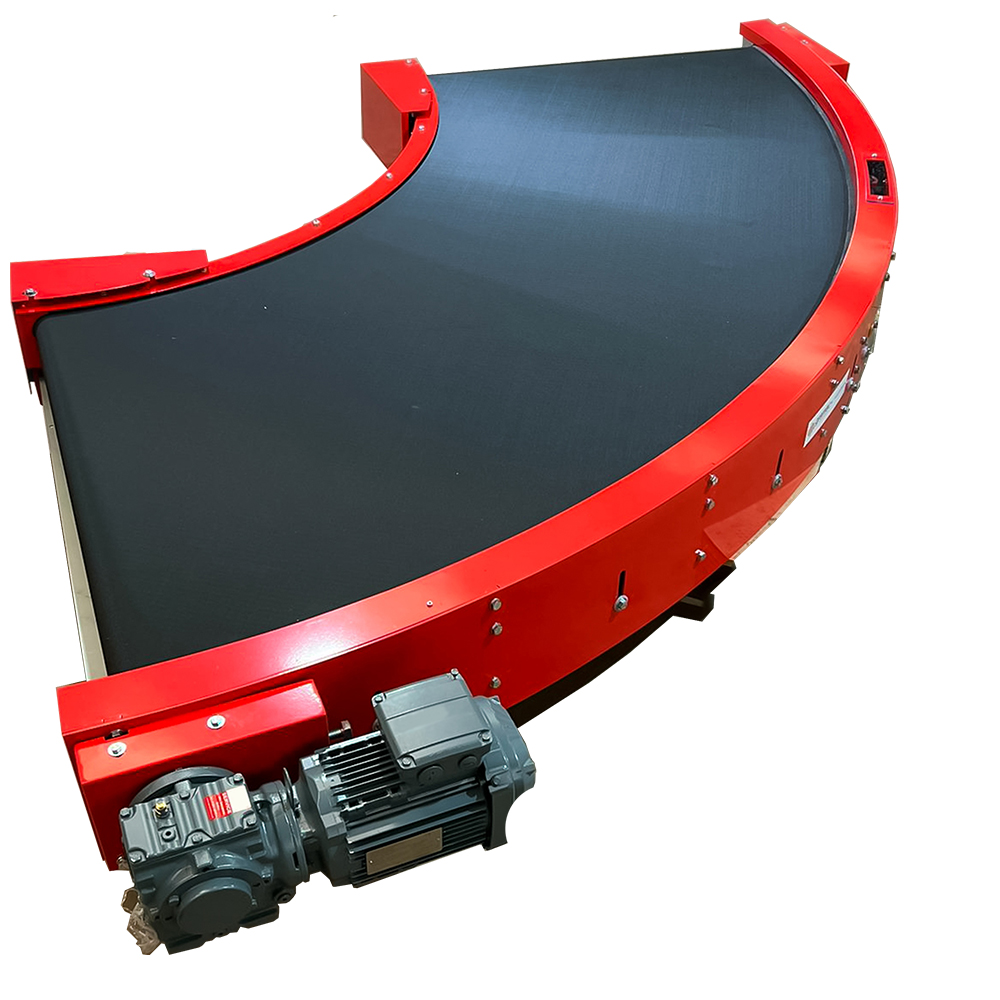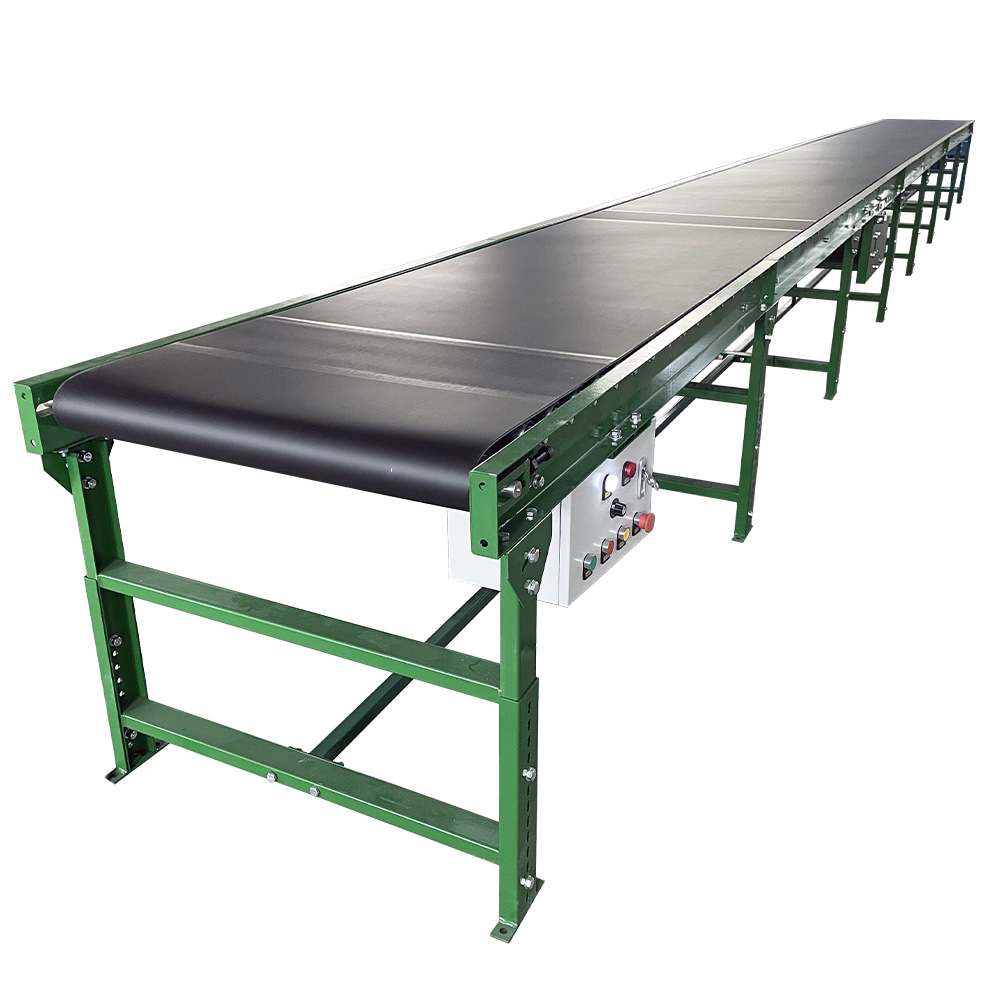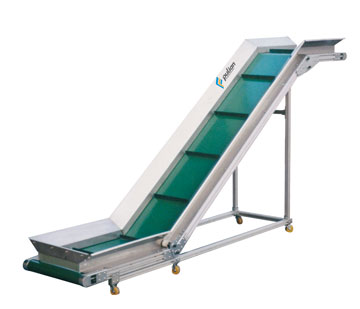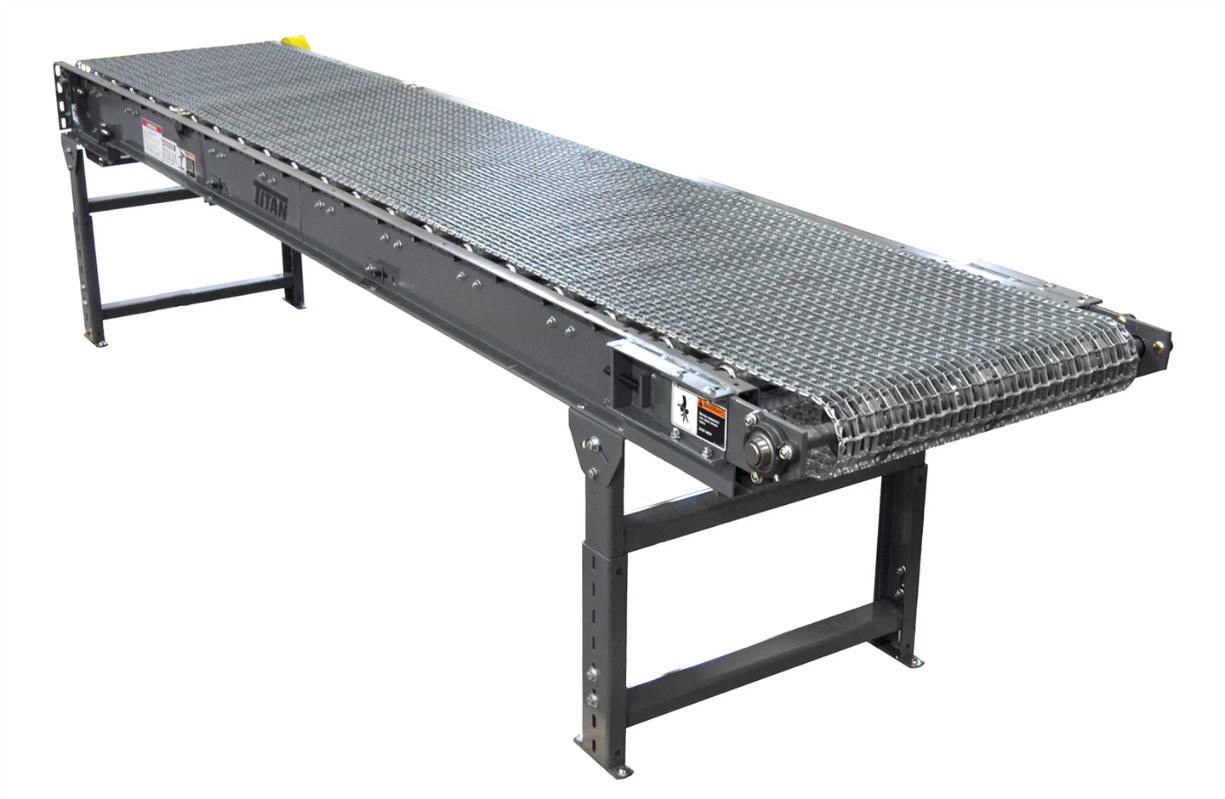Food Grade Stainless Steel Belt Conveyor
型号:
The two most common types of thermoplastic conveyor belts are polyurethane (PU) belts and polyvinyl chloride (PVC) belts. PU conveyor belts: PU conveyor belts are constructed using FDA-approved materials, making them ideal for food production.
Standard size:
| Conveyor Model | Straight |
| Belt Material | PU |
| Belt support type | Roller support or plate support |
| Drive mode | head drive or Intermediate Drive |
| Frame Width (B/B) | 400mm, 500mm, 600mm, 800mm, 1000mm, 18’’, 24’’ |
| Formed Steel for Frame | 90*30*3mm, 120*40*3mm etc. |
| Power of Motor(kw) | 0.2, 0.4, 0.75, 1.5, 2.2 etc |
| Stands | Yes |
| Frame Surface Treatment | Stianless steel |
| Load Capacity | 50 kg/m ( B/B=500mm, P=100mm) |

The Stainless Steel Food Grade Belt Conveyor is a specialized conveyor system designed for the hygienic handling of food products in industrial and commercial settings. Constructed with high-quality stainless steel, this conveyor ensures compliance with food safety standards while offering durability and corrosion resistance.
This belt conveyor features a flat, continuous belt made of food-grade material, providing a smooth and reliable surface for transporting various food items. The design minimizes the risk of contamination and allows for easy cleaning, making it suitable for applications where sanitation is critical.
One of the key advantages of the Stainless Steel Food Grade Belt Conveyor is its ability to meet the stringent requirements of the food industry. It is engineered to prevent product accumulation, bacterial growth, and cross-contamination, ensuring the integrity and quality of the transported food products.

Food grade belt conveyor is mainly used in the food industry. It adopts food grade PVC conveyor belt and the frame is made of stainless steel, which can promote the improvement of sanitary conditions, reduce the pollution to food, and meet the hygiene requirements of the food industry.
The two most common types of thermoplastic conveyor belts are polyurethane (PU) belts and polyvinyl chloride (PVC) belts. PU conveyor belts: PU conveyor belts are constructed using FDA-approved materials, making them ideal for food production.
How to select a conveyor belt?
Conveyor Belt Selection Guide Factors:
Material Compatibility: The conveyed material's characteristics greatly influence conveyor belt selection. ...
Load Capacity: Determining the maximum load the conveyor will handle is vital. ...
Operating Environment: ...
Conveyor Speed: ...
Belt Width and Length:
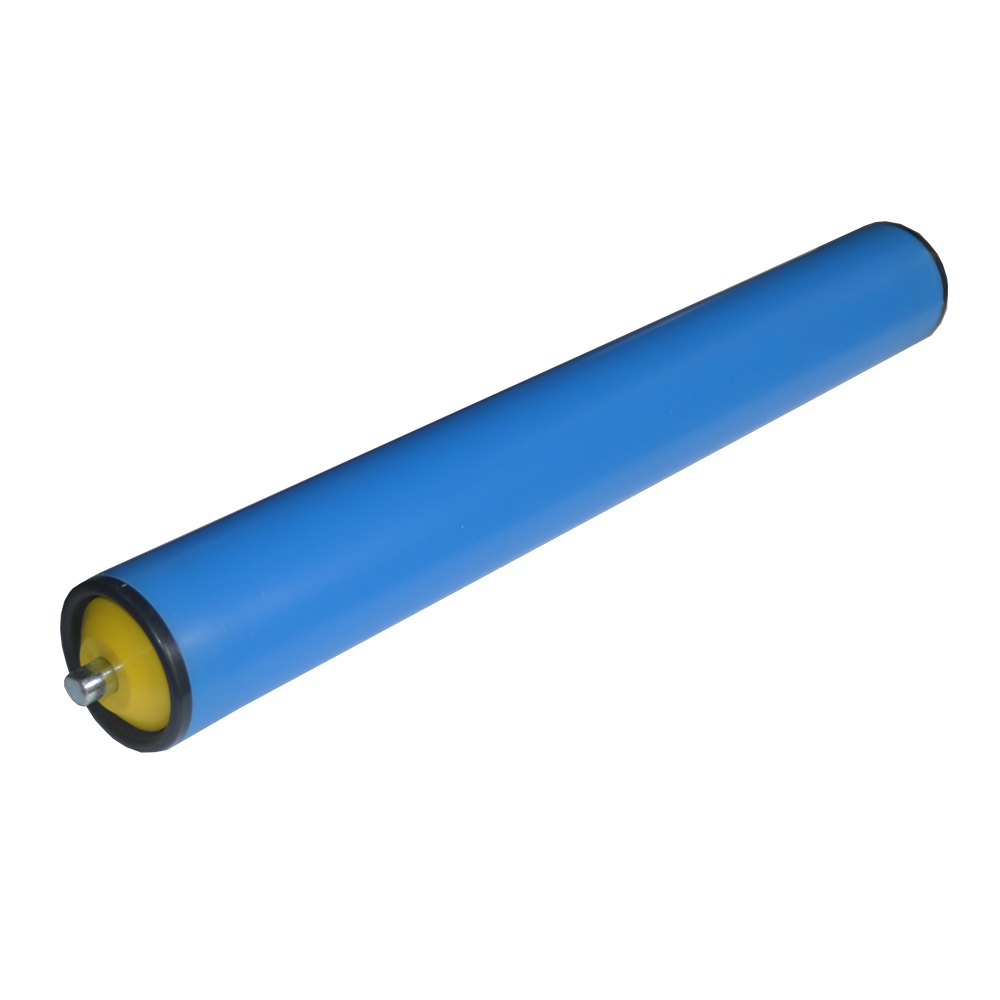
NH2100 light duty conveyor roller
Conveyor rollers are used in unpowered (gravity-flow) roller conveyors, powered roller conveyors, roller-bed belt conveyors, and material transport stands to support and move bulky items such as boxes and totes. We Offe
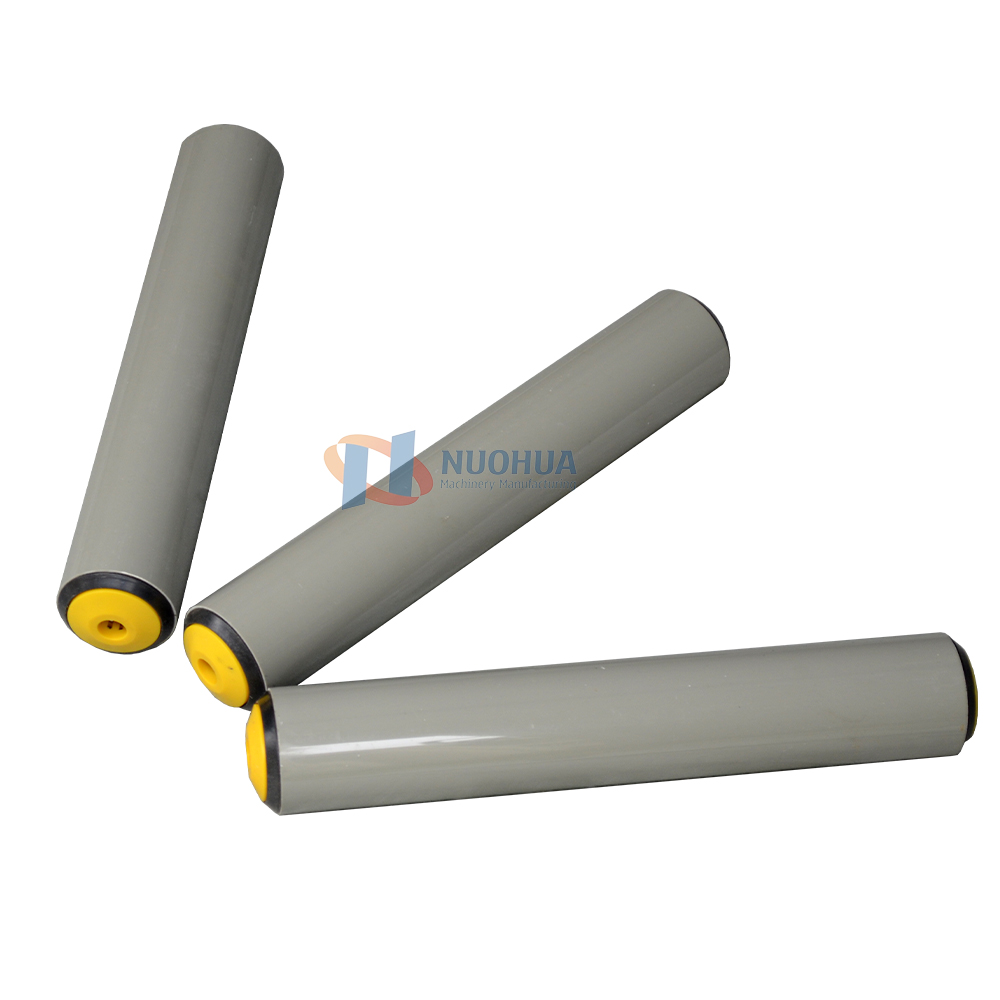
NH2200 light heavy duty conveyor roller
We Offer full series of conveyor roller for conveyors, ground support equipments, packing machines etc.
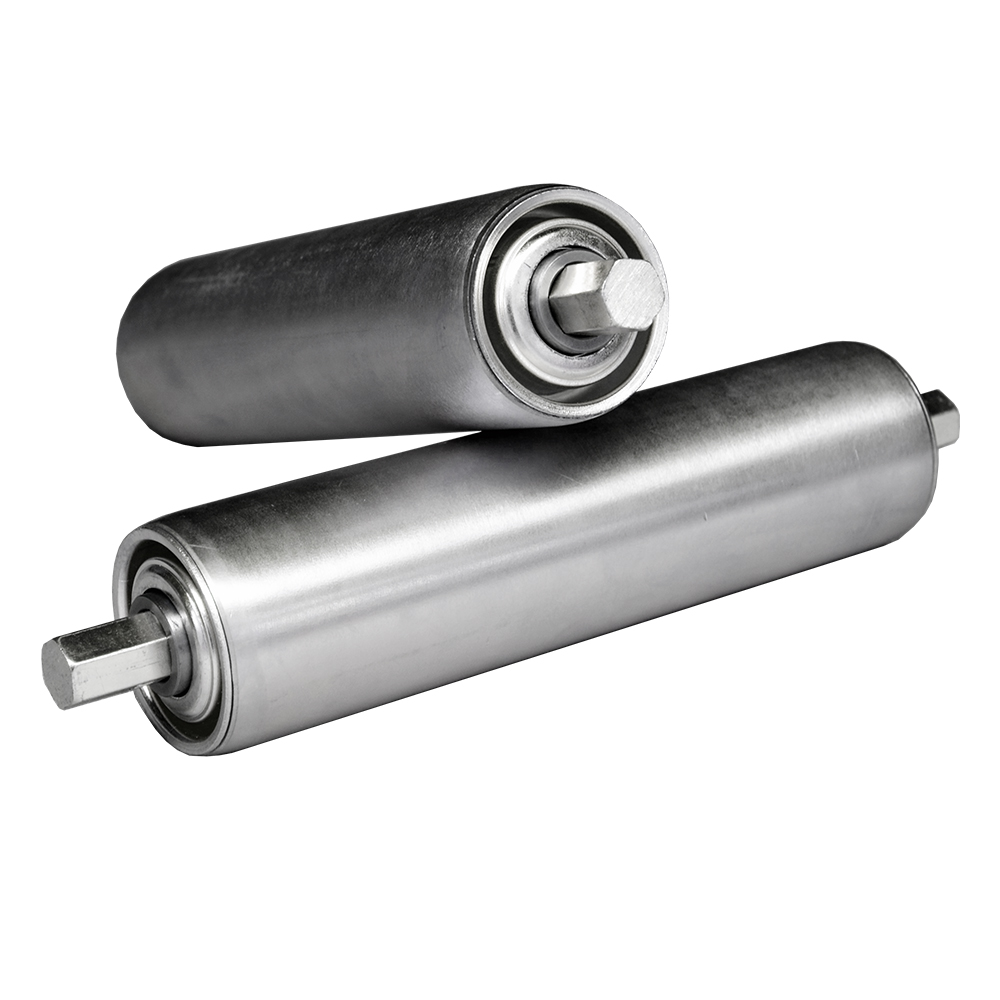
NH2300 light, mid-duty gravity conveyor roller
We Offer full series of gravity conveyor roller for conveyors, ground support equipments, packing machines etc.

NH2400 mid-heavy duty conveyor roller
Conveyor rollers are used in unpowered (gravity-flow) roller conveyors, powered roller conveyors, roller-bed belt conveyors, and material transport stands to support and move bulky items such as boxes and totes.
NH2500/2600 Tapered Conveyor Roller
The different diameters over the length of the Tapered Conveyor Roller i.e. small one end and large the other end, provides a linear velocity to ensure smooth conveying of goods around the curve.







